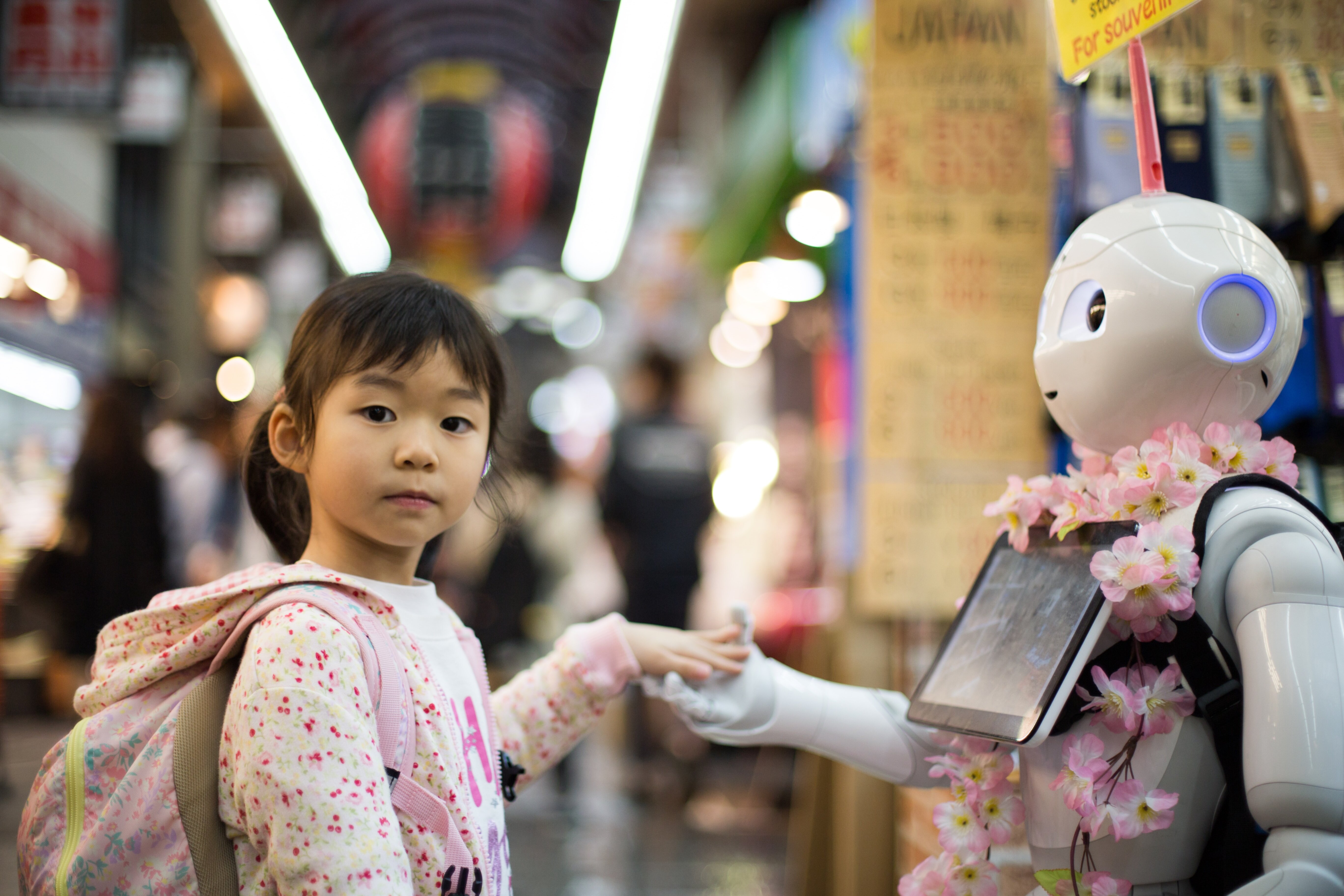The Impact of White Backgrounds on AI-Generated Portrait Quality A 2024 Analysis

I’ve been spending a good chunk of my computational budget lately looking at something that seems almost trivial on the surface: the background color in images used to train or prompt AI portrait generators. It feels like a footnote in the grand scheme of diffusion models and transformer architectures, yet the results I’m seeing suggest it’s anything but. When we push these models to generate photorealistic human likenesses, the surrounding environment, or lack thereof, seems to exert a surprisingly strong influence on the final output's fidelity and perceived quality. I started this investigation because I noticed a distinct "look" to many AI portraits that seemed overly sterile, and I suspected the training data distribution might be skewing the model’s understanding of natural lighting and context.
Consider the standard practice in many early datasets: isolating subjects against pure white or pure black. This is often done for easier segmentation or to focus the model purely on facial features. However, when I test modern models with a simple prompt like "a portrait of a woman smiling," and then specify "against a white background," the resulting image often exhibits peculiar artifacts around the edges, almost as if the model struggles to define where the subject ends and the infinite white begins. Let’s pause for a moment and reflect on that; the absence of environmental data seems to starve the model of necessary cues for rendering realistic shadows and contact points. This isn't just about aesthetics; it touches directly on how the model interprets depth and material interaction, which are fundamental to convincing portraiture.
My hypothesis centers on the concept of "contextual anchoring" within the latent space. When a model is trained extensively on subjects floating on pure white, it learns that high contrast edges are the primary boundary signal, often sacrificing subtle gradient information that defines realistic skin texture transitioning into ambient shadow. Think about how a professional photographer uses fill light and reflectors—the background isn't just empty space; it contributes reflected light back onto the subject, subtly coloring the shadows. If the background is uniformly bright white, the reflections are neutral, but the model often oversimplifies this interaction, leading to flat lighting even when I prompt for dramatic shadows. I've observed that introducing even a slight, controlled gray or off-white background forces the model to calculate more complex light falloff, resulting in superior skin tone rendering and better separation from the backdrop. This suggests that while white backgrounds simplify initial object recognition, they actively hinder the model's ability to master complex, naturalistic illumination physics required for high-end portraiture.
Conversely, when I switch the input prompt to specify a medium gray or a slightly textured, very dark background, the quality of the facial rendering often spikes immediately, even without changing the subject description. The model seems to interpret the darker, less absolute boundary as an invitation to apply more sophisticated shading algorithms learned from real-world photography where subjects are rarely lit in a vacuum. The presence of a defined, non-extreme background color seems to act as a better anchor for the model to place the subject within a believable three-dimensional space, even if that space is minimalist. It’s almost as if the white background forces the model into a state of perpetual overexposure, flattening the dynamic range it attempts to render on the face itself. This observation leads me to question the utility of perfectly clean datasets for tasks requiring high perceptual realism; perhaps a degree of "messiness" or contextual noise is actually necessary for robust, nuanced output generation in 2025. I need to run more ablation studies comparing spectral density maps of subject-background transitions across different background colors next week.
More Posts from kahma.io:
- →7 Professional Photography Backgrounds That Double as Mac Wallpapers A Portrait Photographer's Resource Guide
- →AI Portraits Mastering Photoshop Tracing for Personal Art
- →The Hidden Cost of Free Stock Photos Privacy Implications for AI Portrait Generation in 2024
- →How to Make Your Logo Transparent A Step-by-Step Guide for Portrait Photographers
- →AI Portraits for Your Profile: A Critical Assessment of Quality, Cost, and the Photography Question
- →How to Remove Your Portrait from Google Search Results A Step-by-Step Guide